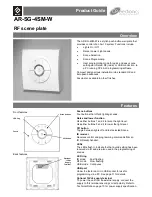
Fig 5. Code 166 Parameter setup flow chart
Press and hold SET key for 4 seconds until LED display “LCK”, then release the SET key.
The display will show “0”. To get into parameters setting mode, you need to key in the
pass code. Use “+” and “-“keys to adjust the display to 166 (which is the pass code) and
press SET. The LED will show “P” for a second and then its P setting value, Use “+” and
“-“ keys to change the setting. When finished, press the SET again to confirm the change.
The display will show the “I “ for a second and its I setting value next, use the same “P”
setting procedure to set the I value. When finished, press the SET again to confirm the
change. The display will show the “d” for a second and its value next. Use the same “P”
setting procedure to set the d value. When finished, press the SET again to confirm the
change. The next setting is A
Γ
, the auto-tune. Use “+” to set the value to 1 and press
SET will activate the auto-tune. The next setting is the “t” setting, use “-” and “+” to set
the cycle time value. This value should remain 2 for most application. After change the
PID parameter, the controller needs to be turned off and on again for the best result.
7) Setting other system parameters
These are the parameters that normally do not need to be changed. The lock code to
access them is 155.
•
SC, calibration offset. The parameter is used to make the input offset to
compensate the error produced by sensor. e.g. if the temperature displays 2.0 C
11







































